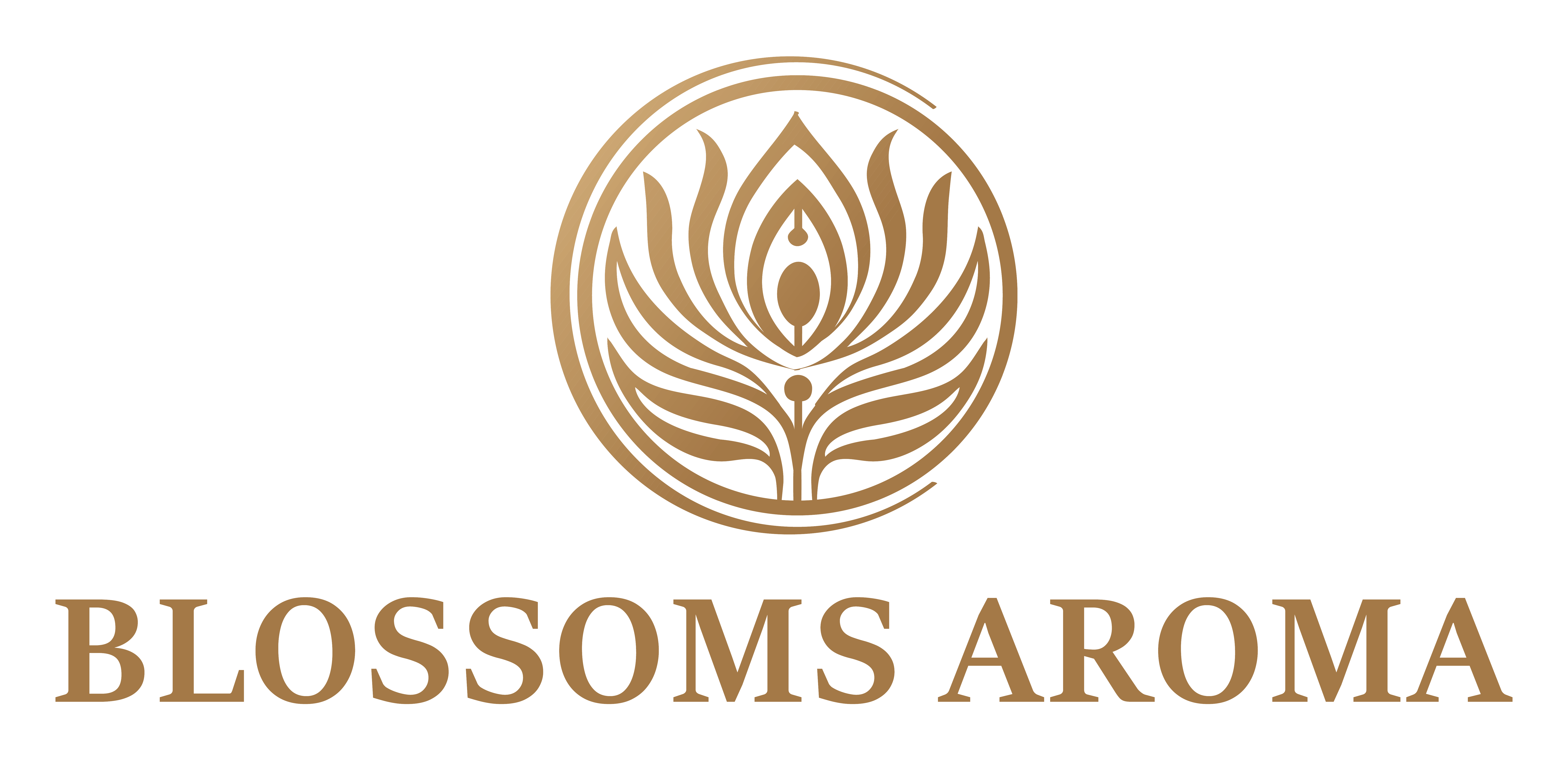Basil OIL
All About Basil Oil
Basil oil is native to tropical regions in Asia and Africa. It is derived from the leaves and flowering tops of the Ocimum basilicum plant. Basil has been valued for centuries for its sweet, herbaceous aroma and numerous health benefits.
Basil Oil Specifications
GENERAL CHARACTERISTICS
| Product | BASIL OIL |
|---|---|
| Botanical Name | Ocimum basilicum L. |
| Family | Lamiaceae |
| Part of the plant used | Leaves and flowering tops |
| Fema number | 2119 |
| CAS NO. | 8015-73-4 |
| HSN CODE | 33012990 |
| EINECS Number | 283-900-8 |
| Appearance | Mobile liquid |
| Colour | Pale yellow to amber liquid |
| Odour | Characteristic sweet, herbaceous aroma |
IDENTIFICATION
| Test | Result |
|---|---|
| A. TLC | It complies with test |
| B. GC | It complies with test |
PHYSIO-CHEMICAL PROPERTIES
| Property | Specification |
|---|---|
| Relative density | 0.910 – 0.920 |
| Refractive index at 20°C | 1.475 – 1.485 |
| Optical rotation | (-5°) – (+1°) |
| Storage | In well-fitted container. Protected from heat. |
Basil Oil History
In ancient times, basil oil was used for its therapeutic properties and as a sacred herb. It was often used in religious ceremonies and traditional medicine to treat various ailments.
Basil Oil Industrial Uses
Basil oil is extensively used in the fragrance and flavor industry. It is widely used as an essential oil in aromatherapy, cosmetics, personal care products, and alternative medicine. It provides an uplifting effect on the mind and helps enhance concentration.
Properties (Based on COA Report)
| Property | Specification |
|---|---|
| Synonyms | Sweet Basil, Basil essential oil, Ocimum basilicum oil |
| Botanical Name | Ocimum basilicum |
| Part Used | Leaves and flowering tops |
| Color | Pale yellow to amber |
| Viscosity | Medium |
| Perfumery Note | Sweet, herbaceous |
| Shelf Life | Two Years |
| Density | 0.910 – 0.920 |
| Refractive Density | 1.475 – 1.485 |
EXTRACTION
Basil oil is extracted by steam distillation from the leaves and flowering tops of the Ocimum basilicum plant. The best quality oil is obtained from fresh leaves and flowers.
ECOLOGICAL INFORMATION
Basil plants thrive in warm, sunny climates and well-drained soils. They are commonly grown in gardens and farms across tropical regions, including parts of Asia and Africa.
15 Proved Uses and Benefits
Pharma Uses:
- Basil oil has antimicrobial and anti-inflammatory properties.
- It has been found to help relieve headaches and migraines.
- It is beneficial in the treatment of respiratory disorders.
- Basil oil can act as a natural insect repellent.
- It is used in dental and pharmaceutical products.
- It has antifungal properties, making it useful in skincare.
- Traditionally, basil oil has been used to treat digestive issues.
- It is a good mental stimulant.
Cosmetics Uses:
- As a fragrance, it is added to perfumes and colognes.
- It is suitable for use in skincare products.
- It is used in bar soap, facial moisturizers, shampoos, hand creams, hair conditioners, skin treatments, lip balms, and toothpaste.
- In aromatherapy, it is used to reduce stress and improve focus.
- It is also used as a flavoring agent in food and beverages.
- Basil essential oil has antibacterial properties which aid in preservation.
- It helps in uplifting mood and alleviating anxiety.
Abstract or How to Extract it?
The chemical components of basil essential oil obtained from the leaves and flowers include methyl chavicol, linalool, eugenol, and cineole.
CONCOCTION
It blends well with bergamot, clary sage, geranium, lime, and rosemary oils.
SAFETY MEASURE
Eye Contact:
Check for and remove any contact lenses. In case of contact, immediately flush eyes with plenty of water for at least 15 minutes. Get medical attention.
Skin Contact:
In case of contact, immediately flush skin with plenty of water for at least 15 minutes while removing contaminated clothing and shoes. Cover the irritated skin with an emollient. Wash clothing before reuse. Thoroughly clean shoes before reuse. Get medical attention immediately.
Inhalation:
If inhaled, remove to fresh air. If not breathing, give artificial respiration. If breathing is difficult, give oxygen. Get medical attention.
Ingestion:
Do NOT induce vomiting unless directed to do so by medical personnel. Never give anything by mouth to an unconscious person. Loosen tight clothing such as a collar, tie, belt, or waistband. Get medical attention if symptoms appear.
STORAGE & HANDLING
Keep locked up. Keep away from heat. Ground all equipment containing material. Do not ingest. Do not breathe gas/fumes/vapor/spray. Wear suitable protective clothing. In case of insufficient ventilation, wear suitable respiratory equipment. If ingested, seek medical advice immediately and show the container or the label. Avoid contact with skin and eyes. Keep container in a cool, well-ventilated area. Keep container tightly closed and sealed until ready for use.
TOXICOLOGICAL INFORMATION
Basil oil is generally considered safe for topical and aromatic use when properly diluted. However, it is always recommended to conduct a patch test before widespread use to ensure there is no allergic reaction. Avoid excessive use, especially for those with sensitive skin.

